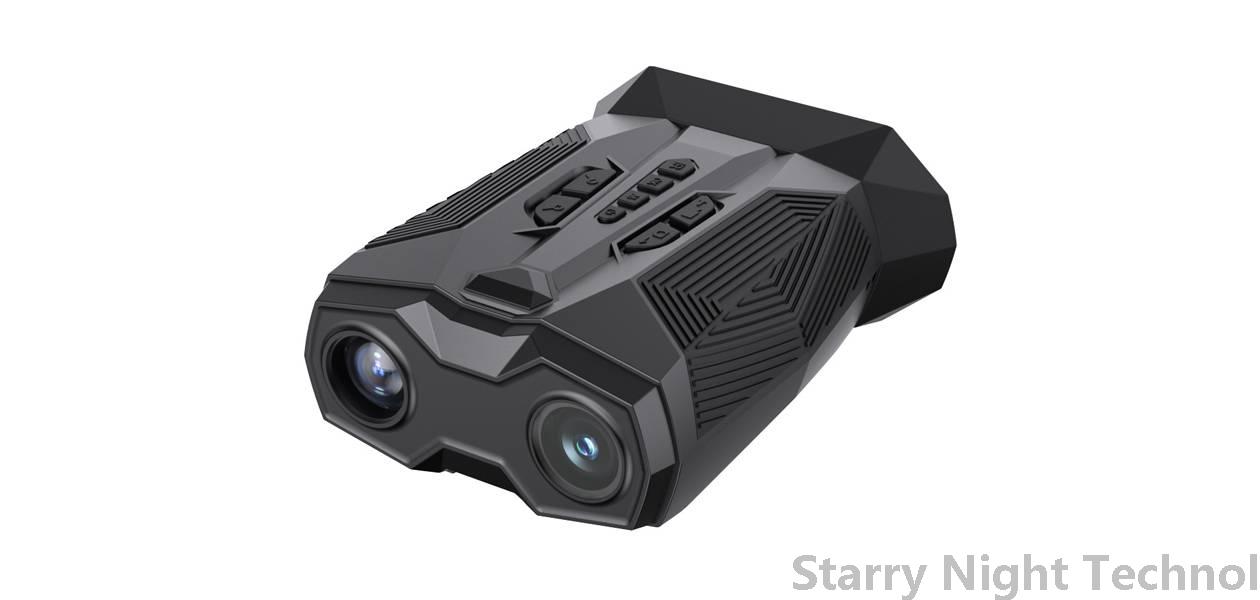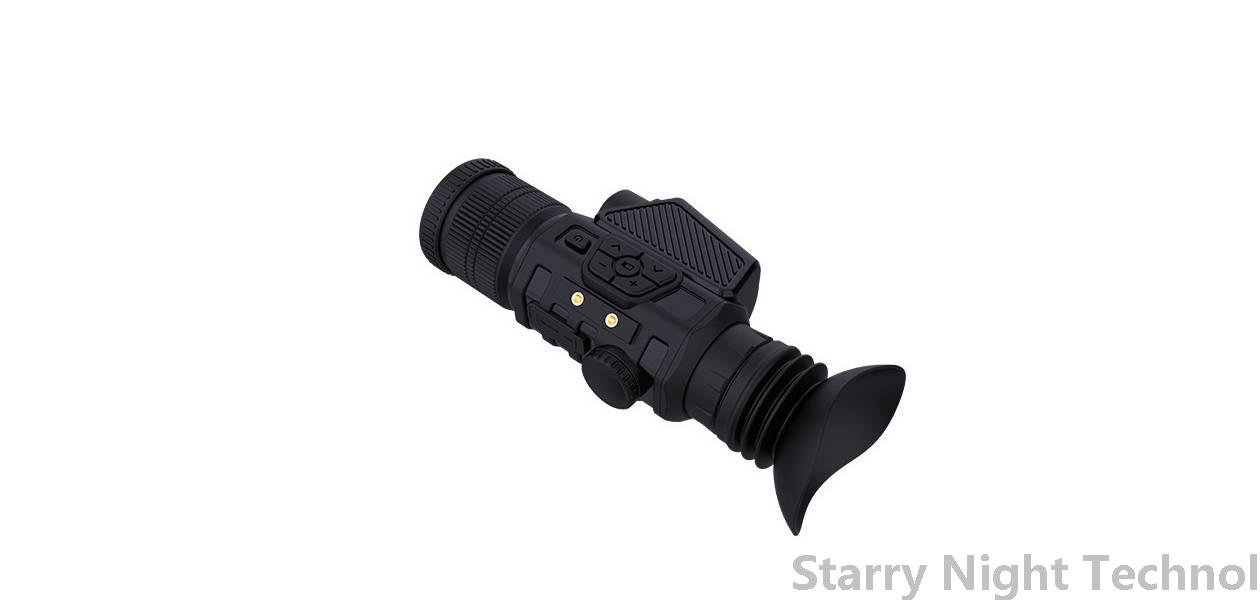The Impact of Night Vision Technology on Firefighting and Fire Safety Operations
1758196818000

In the realm of emergency response, technology continues to evolve in ways that dramatically enhance operational efficiency and safety for first responders. Among the innovations making a significant impact is night vision technology, which has revolutionized firefighting and fire safety operations. Originally developed for military use, this technology enables firefighters to see clearly in complete darkness or challenging visibility conditions resulting from smoke, flames, or weather-related impairments. This article explores the implications of night vision technology on fire safety and firefighting operations and highlights how it is reshaping the landscape for these critical services.
### Enhancing Visibility and Situational Awareness
One of the most immediate benefits of night vision technology lies in its ability to improve visibility under low-light conditions. Fires typically produce extreme heat and dense smoke that can obscure visibility even during daylight hours. Standard personal protective equipment (PPE) provides limited protection against such environments, but integrating night vision goggles or thermal imaging cameras into firefighting gear expands the firefighters’ capability to assess surroundings safely.
Night vision systems enable firefighters to identify points of entry, locate trapped victims behind walls, detect hotspots, and anticipate fire behavior by analyzing movement patterns of gases and temperatures. Through high-contrast imagery, responders gain an enhanced situational awareness that allows them to make more informed decisions rapidly, effectively increasing their chance of success while reducing perilous maneuvers that could lead to injuries or fatalities.
### Search and Rescue Operations
Search and rescue missions are often perilous, particularly when they occur at night or amidst heavily smoky conditions. The introduction of night vision technology has fundamentally improved these operations' effectiveness and outcomes. Firefighters equipped with night vision devices can navigate difficult terrains, including forests, urban landscapes, and ruined structures, finding individuals who may be incapacitated or disoriented due to smoke inhalation.
The use of handheld thermal imaging cameras also makes detection of human body heat easier, allowing firefighters to locate unconscious persons concealed by debris or vegetation. Consequently, there’s reduced time spent searching blindly through thick smoke or dark areas, ultimately leading to quicker rescues and potentially saving lives.
### Tactical Advantages
Firefighting tactics have undergone substantial evolution as incidents become more dynamic and multifaceted. With night vision technology, departments can adopt a stealthier approach to firefighting operations after dusk or during inclement weather conditions. Advanced technologies assist teams in executing tactical plans without drawing undue attention to themselves or revealing the fire location to potential arsonists.
 ### Training and Simulation
### Training and SimulationAside from active operations, night vision technology serves educational purposes within firefighting training programs. Recognizing the need for preparedness, many fire departments incorporate simulations utilizing night vision tools into their drills. Such exposure prepares new recruits to navigate low-light settings efficiently, fostering an environment where they can comfortably practice theories learned in classrooms without experiencing unnecessary risks.
Furthermore, training scenarios can include realistic challenges; trainees can encounter obstacles akin to real-world fires, such as severe smoke or complete darkness. Familiarization with night vision equipment not only enhances proficiency in employing those skills during emergencies but also boosts confidence levels, diminishing stressors linked to navigating adverse conditions.
### Limitations and Challenges
Despite its myriad advantages, the implementation of night vision technology does present challenges. High levels of natural light can temporarily hinder night vision gear’s efficacy. Additionally, operators need proper training to avoid dependence on these devices, potentially neglecting traditional observation techniques. Financial considerations also weigh heavy; acquiring advanced night vision equipment can strain municipal budgets, especially in smaller fire departments lacking resources.
Technology can sometimes malfunction, raising questions related to maintenance protocols. Regular calibration and repair practices ensure reliability, underscoring the need for a strong procurement plan alongside continuous investment concerning personnel training.
### Conclusion
As we traverse deeper into the 21st century, the impact of night vision technology on firefighting and fire safety operations becomes increasingly profound. Its integration is simplifying navigation through hazardous environments, streamlining search and rescue missions, and enhancing overall situational awareness. While acknowledging certain limitations, the benefits far outweigh drawbacks, indicating an essential evolution of operational standards aimed at safeguarding both firefighters and civilians alike.
The advancement of night vision technology exemplifies how embracing innovation improves public safety profoundly. As research projects further develop lightweight, affordable, and more efficient versions of existing technology, one can expect further improvement in fire control strategies and heightened readiness for any unforeseen events. Ultimately, the continued evolution of night vision will likely remain one of the cornerstones bolstering fire safety measures as we advance into the future.
Which is a good night vision deviceStarry Night Technol

